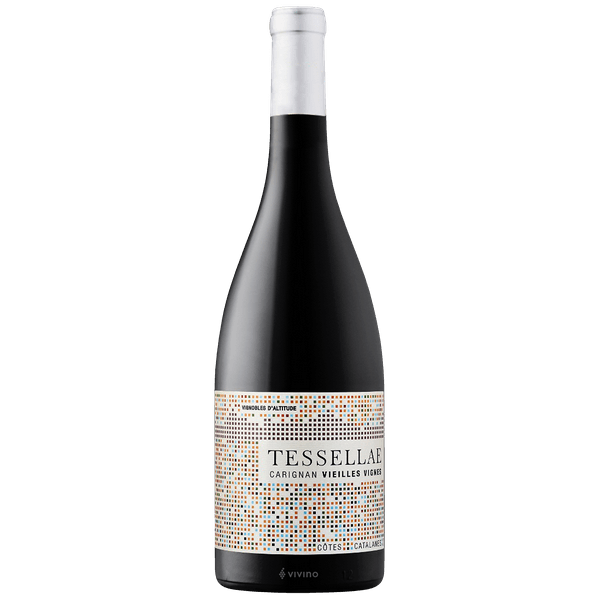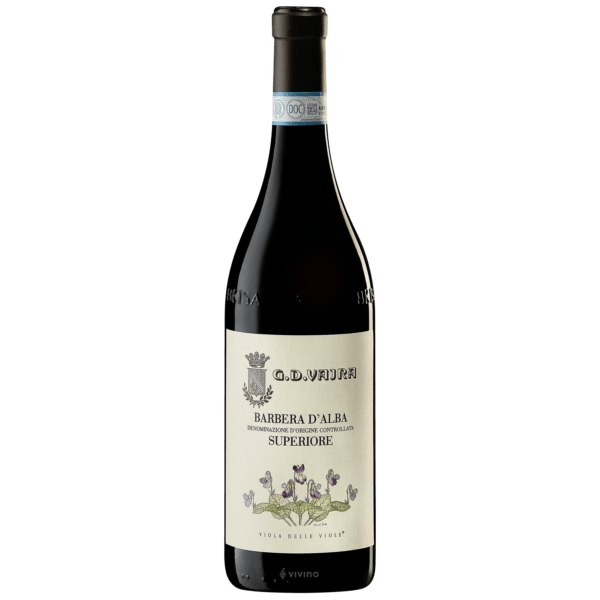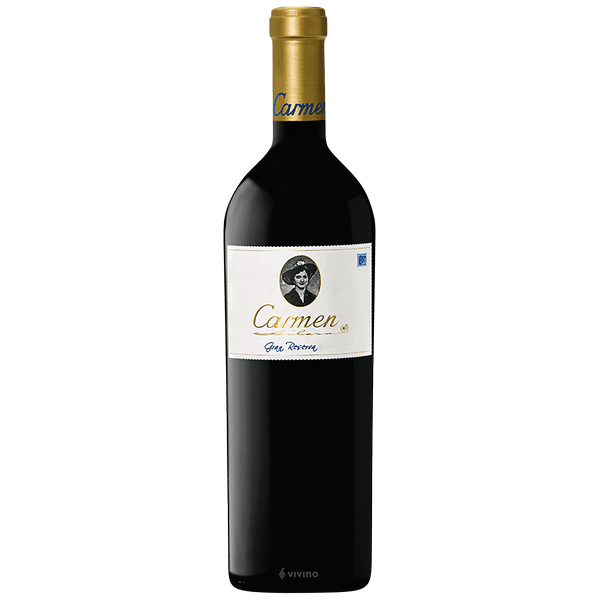2015 Domaine Lafage Tessellae Vieilles Vignes
2015 Domaine Lafage Tessellae Vieilles Vignes This 2015’s featured grape, Carignan has had a rather tumultuous history in the south of France. Once seen as a necessary grape to spur the recovery of the region after the plague of phylloxera in the late 19th century, primarily for its ability to produce high yields, it has been largely replaced with “nobler” varieties such as Grenache, Syrah and Mourvedre. This is unfortunate – for as challenging as the variety is to love when the vines are young, they are superb with half a century under their belt. Jean-Marc Lafage luckily resisted the call to uproot and replace this variety, and he possesses Carignan vines well over 70 years old on schist with which he makes the Tessellae Carignan. 100% Carignan from old vines.
Domaine Lafage
For well over a decade we have worked with Jean-Marc Lafage at his estate in the Roussillon, and across the border in Spain where he consults on several projects. As good as his wines were, when we first met him, they only get better with each vintage. When we first made his acquaintance in Calatayud, he suggested we visit his estate in the Roussillon and the rest, as they say, is history.
Jean-Marc and Eliane Lafage farm 160 hectares of vines located just south of the capital of French Catalonia, Perpignan. Some of their vineyards are situated a few kilometers from the Mediterranean, while others can be found in the foothills of the Pyrenees. This range of sites allows them to make both refreshing whites as well as concentrated reds and, this being the Roussillon, some fortified wines as well. Benefiting from a warm, dry climate, the estate is farmed organically. They grow primarily Grenache (Blanc, Gris & Noir), Syrah, Mourvedre, Carignan, Marsanne, Roussanne and Chardonnay with a significant proportion of the vines well over 50 years old. The soil, as you near the coast is weathered, alluvial gravel while in the higher elevation sites it is predominantly schist. They harvest by hand and the winemaking is surprisingly uncomplicated with stainlesss steel for the fresher whites but mostly concrete tanks for the rest with a small amount of French oak demi-muids.
Related products
2020 Domaine des Lambrays Clos des Lambrays Grand Cru 2020 Domaine des Lambrays Clos des Lambrays Grand Cru, A fresh red, with black currant and black cherry flavors shaded by floral, iron, earth and spice elements. Fluid and on the elegant side, with a solid underlying framework of tannins. Turns a bit leaner on the [...]
2020 Jean-Claude Bachelet Chassagne-Montrachet 1er Cru Macherelles 2020 Jean-Claude Bachelet Chassagne-Montrachet 1er Cru Macherelles presents a finely tuned nose of citrus lemon, peach skin and touches of candle wax and crushed stone. The palate is clean and precise on the entry, then very smooth and harmonious, offering seductive peachy, mango notes. Not amazingly complex on the [...]



